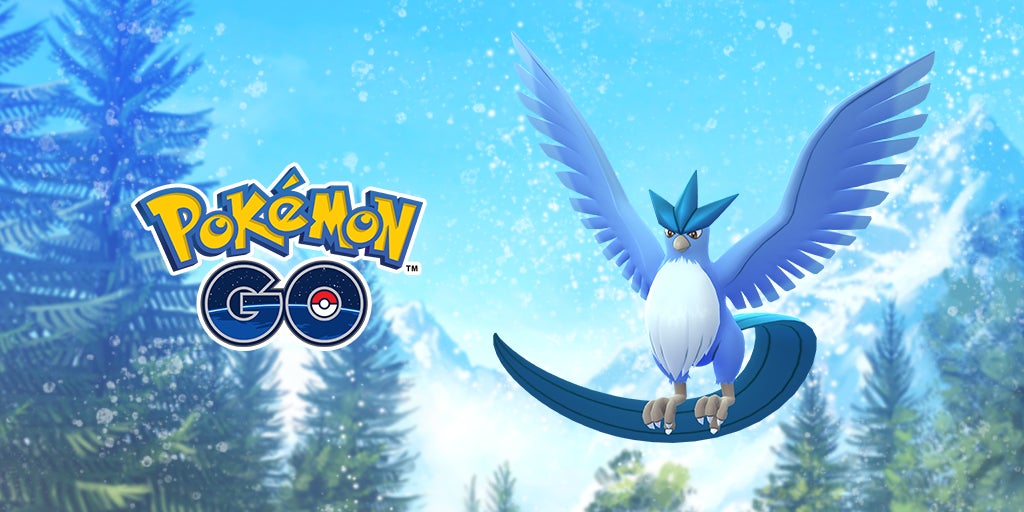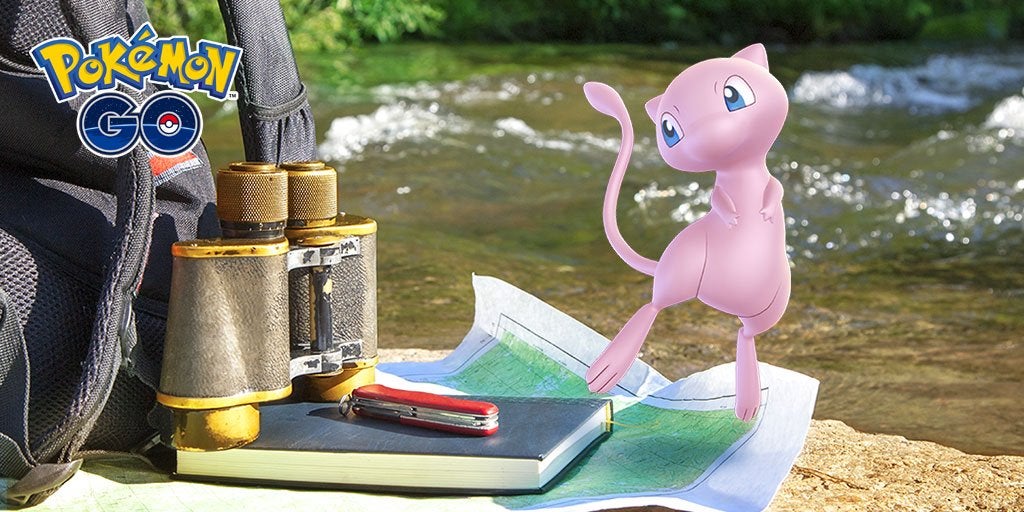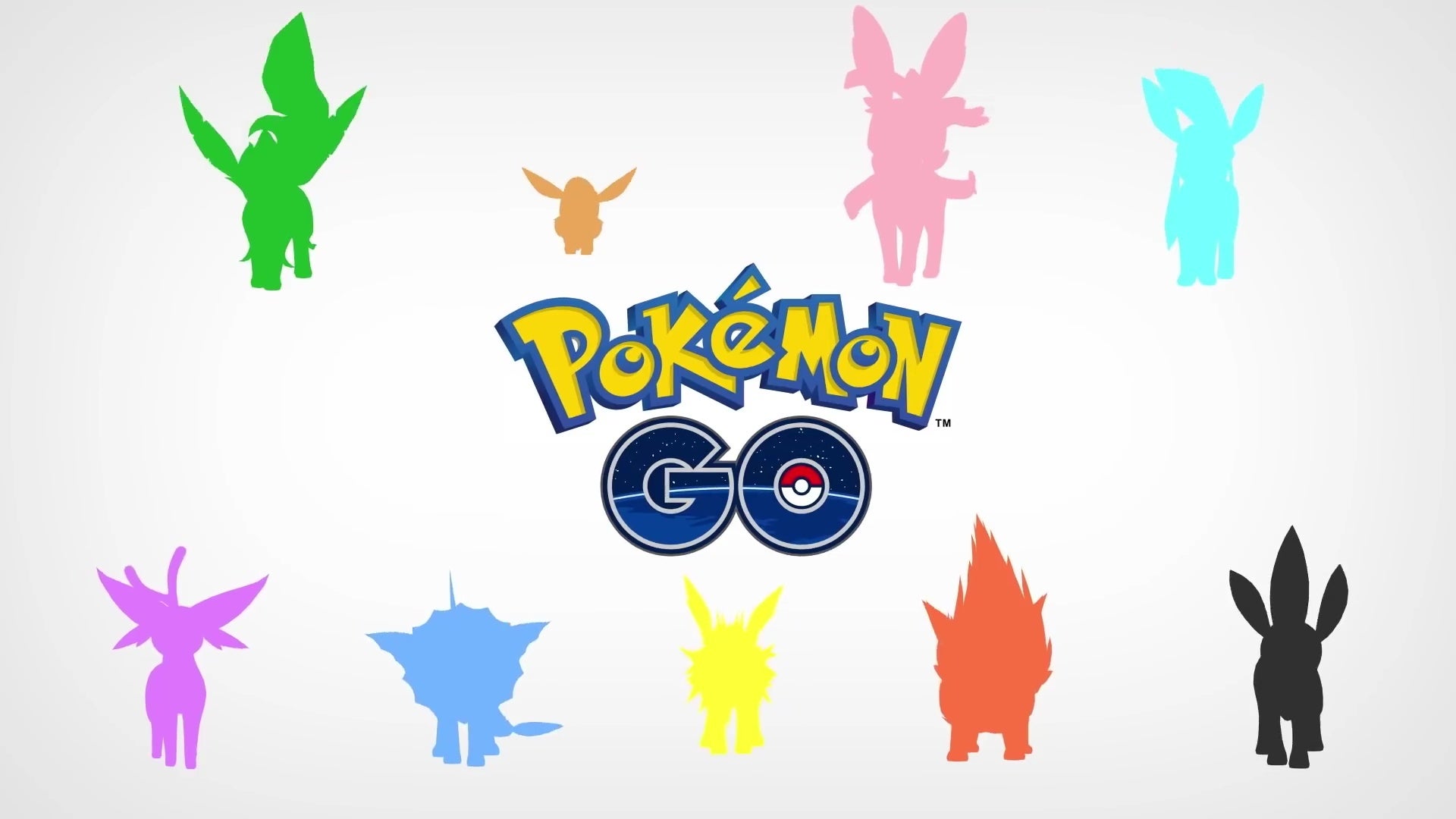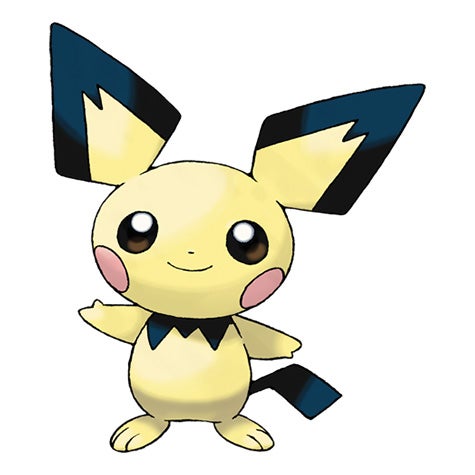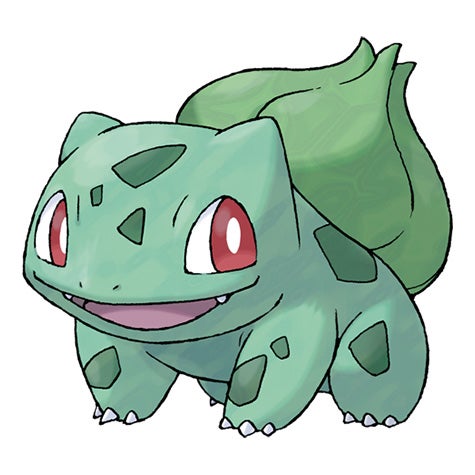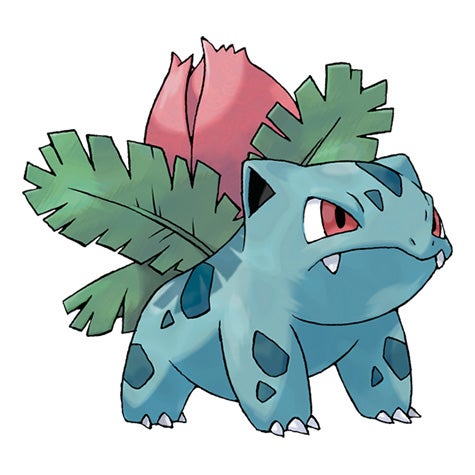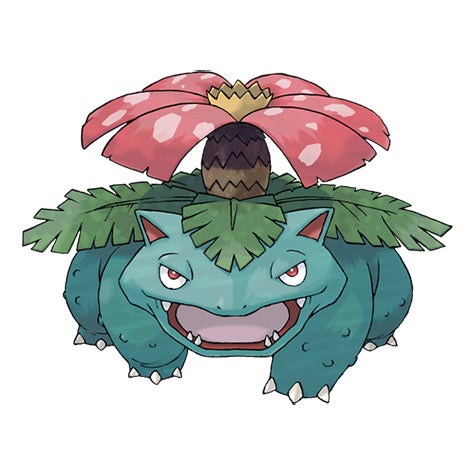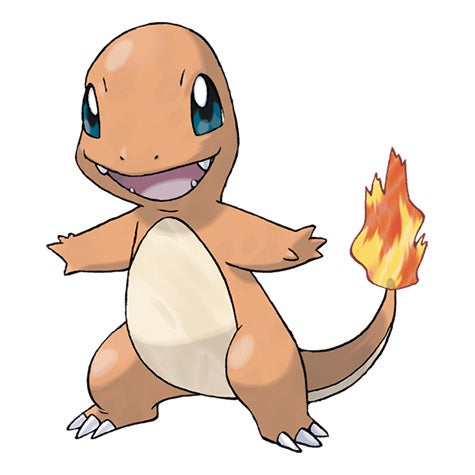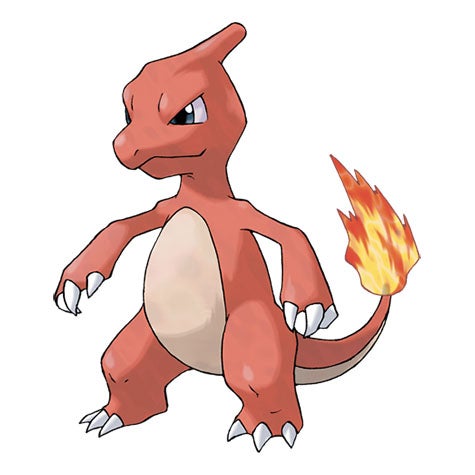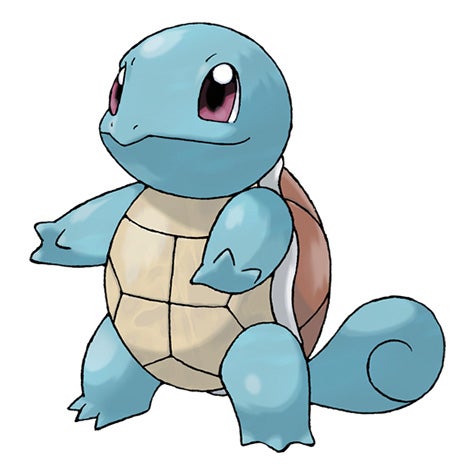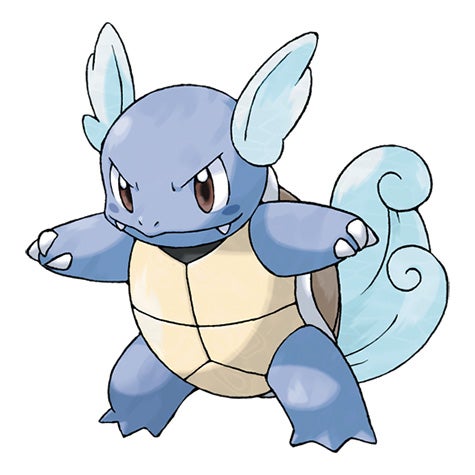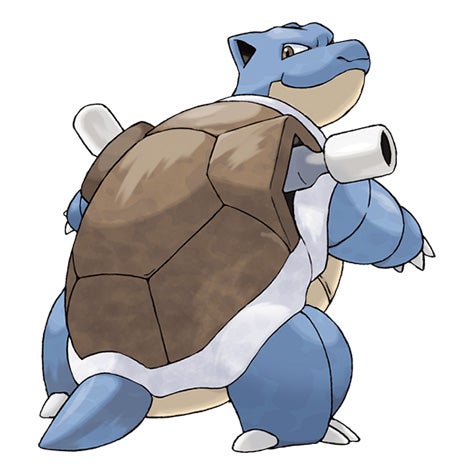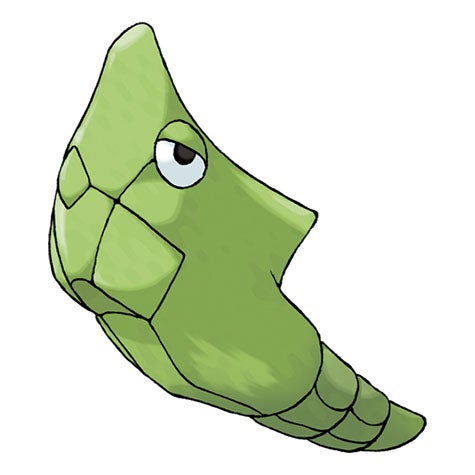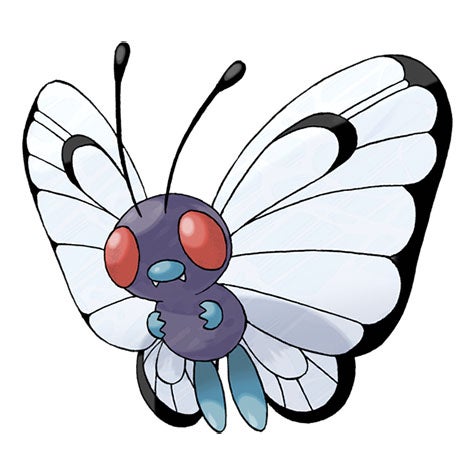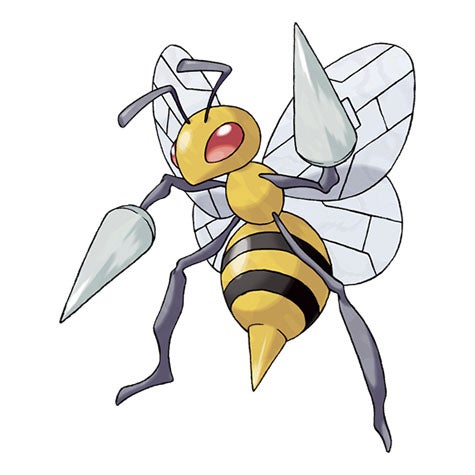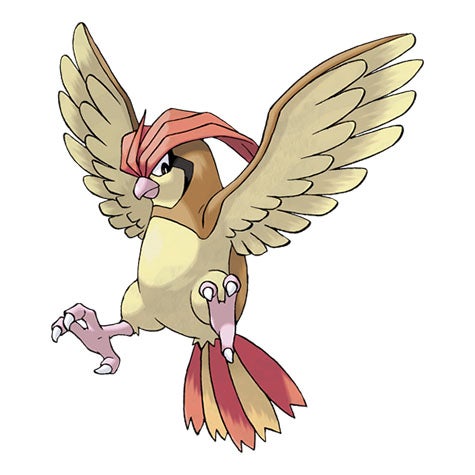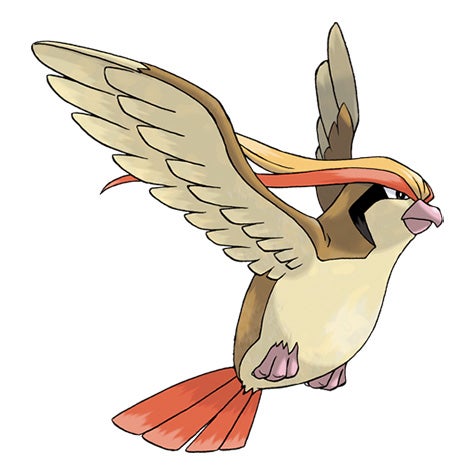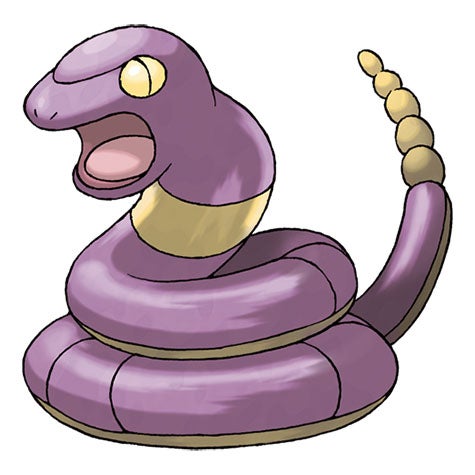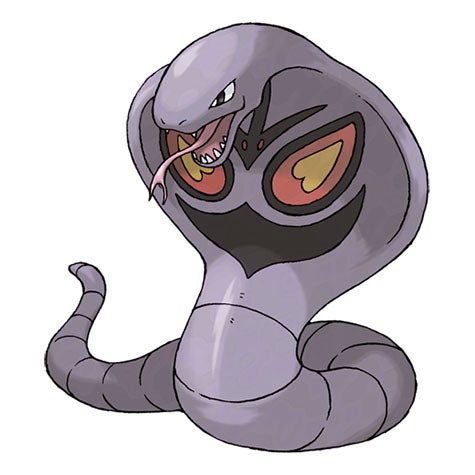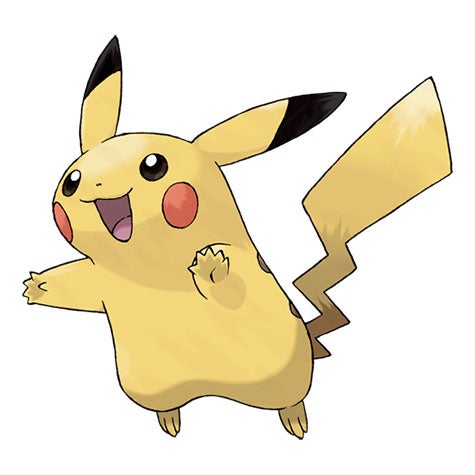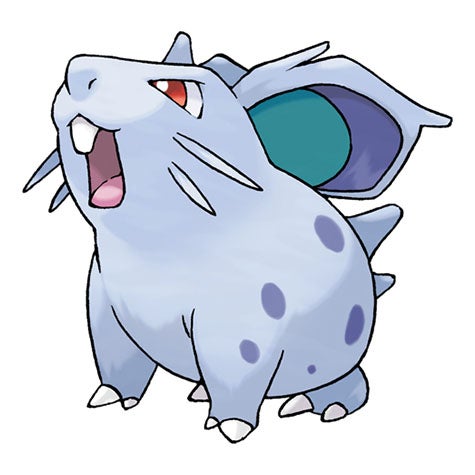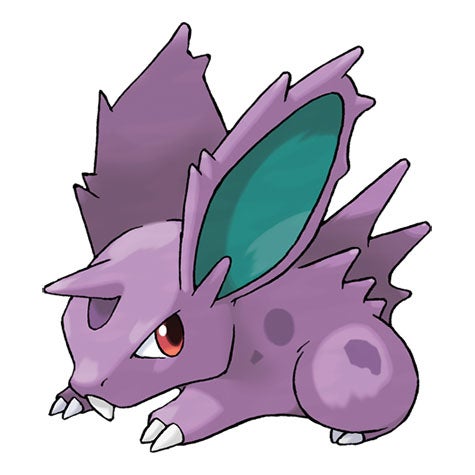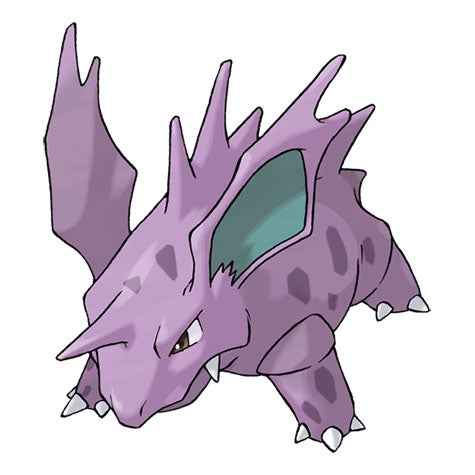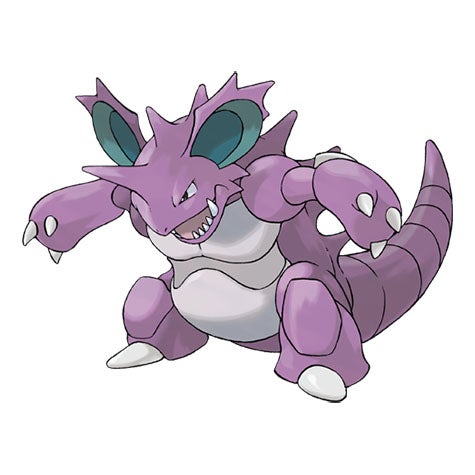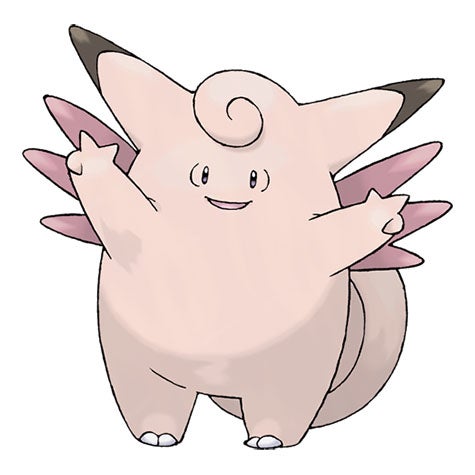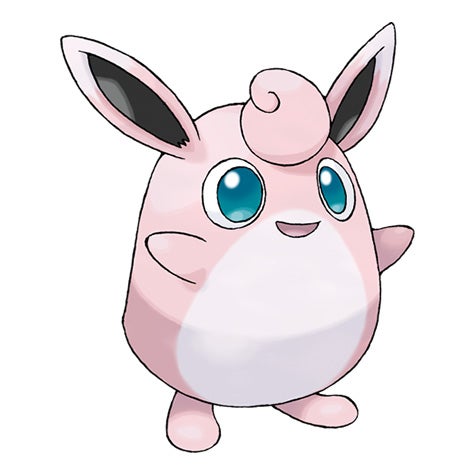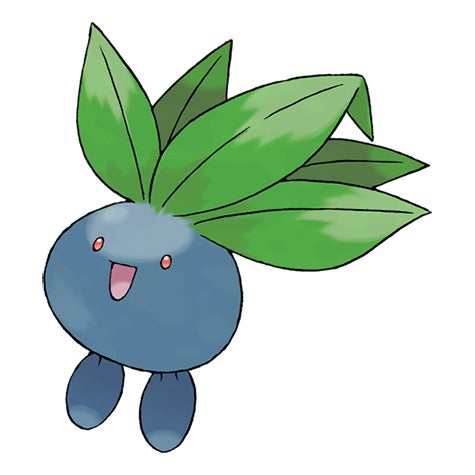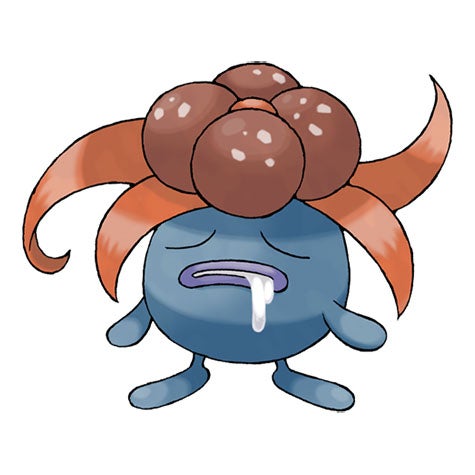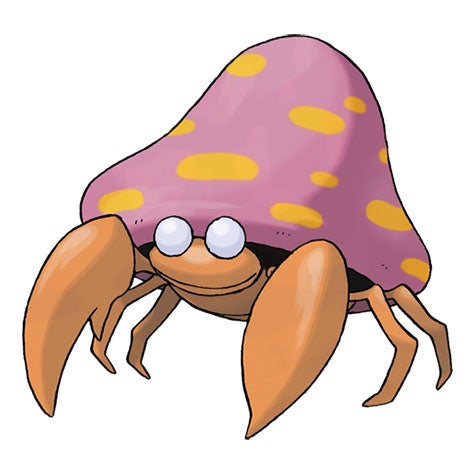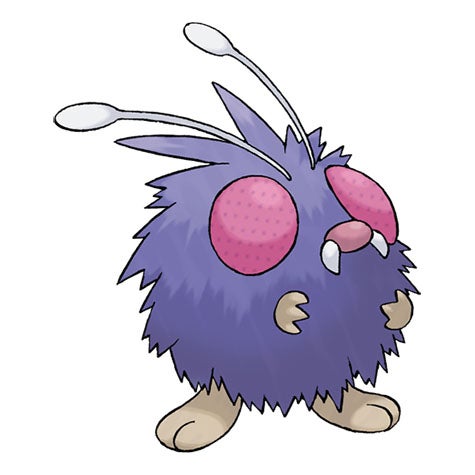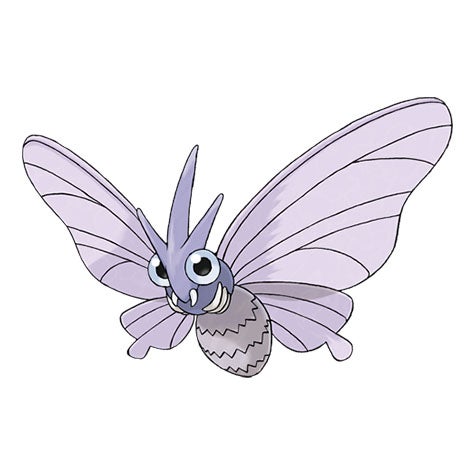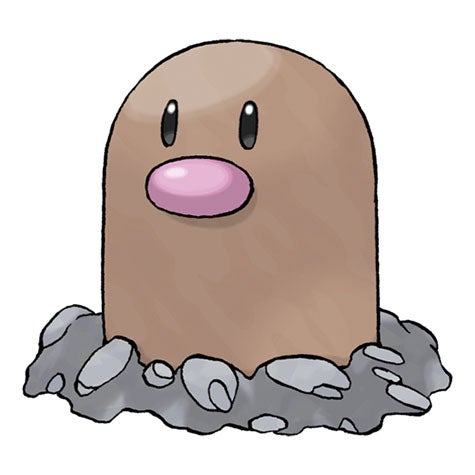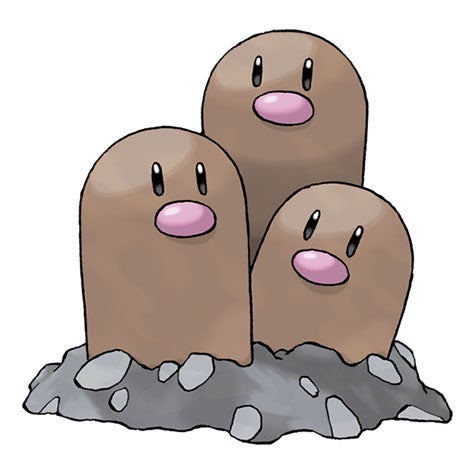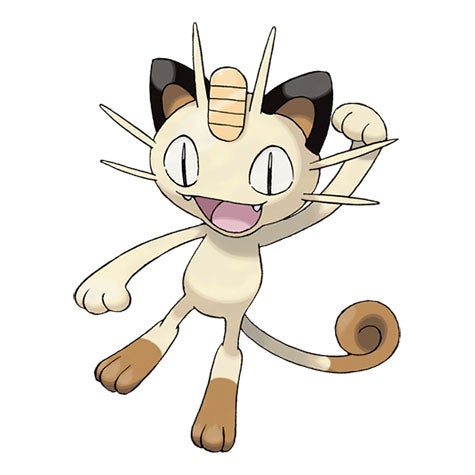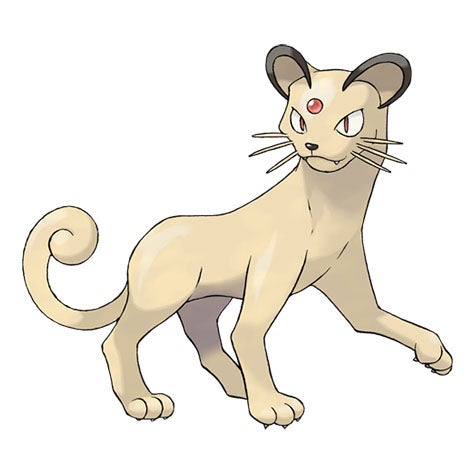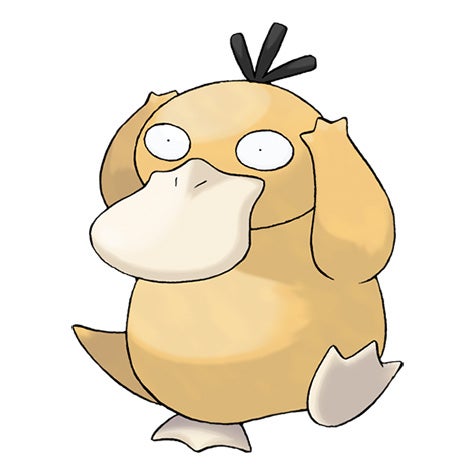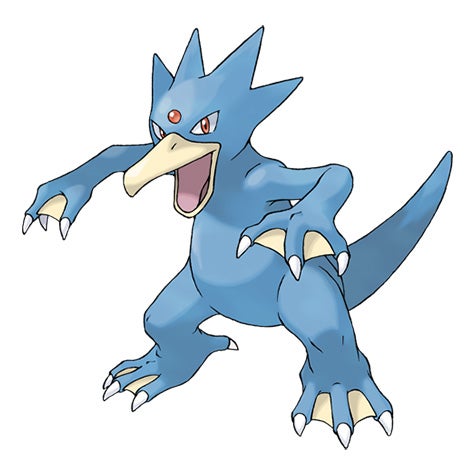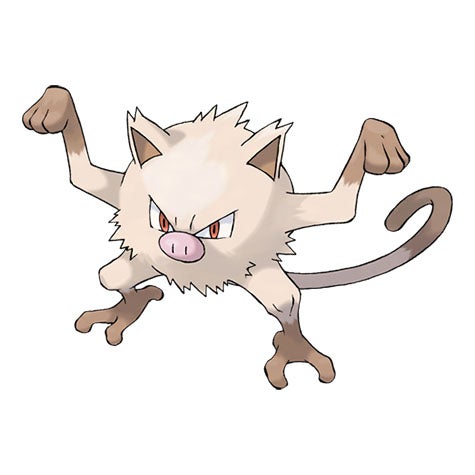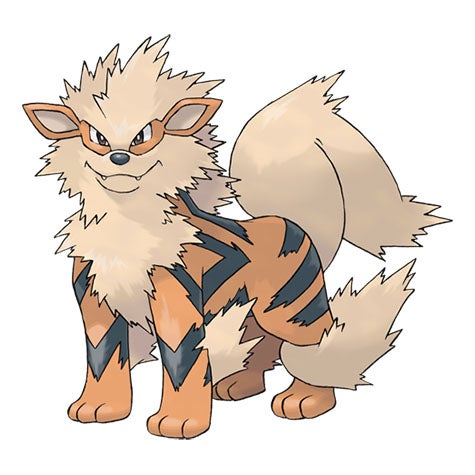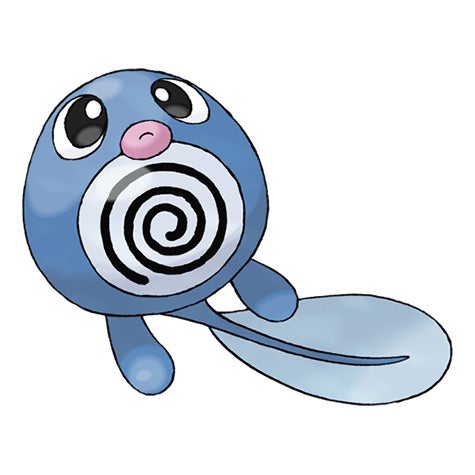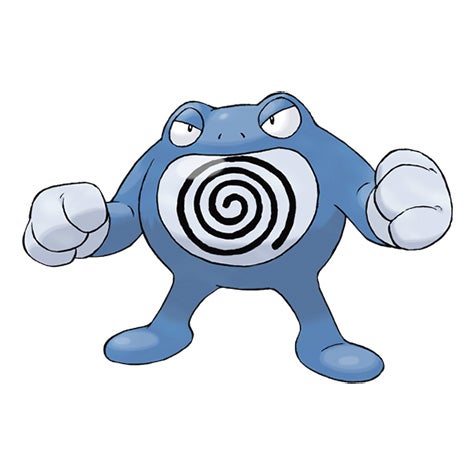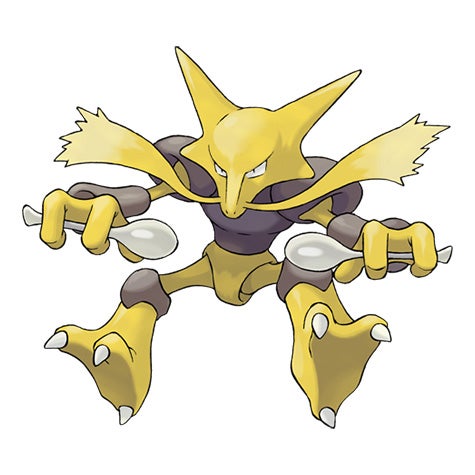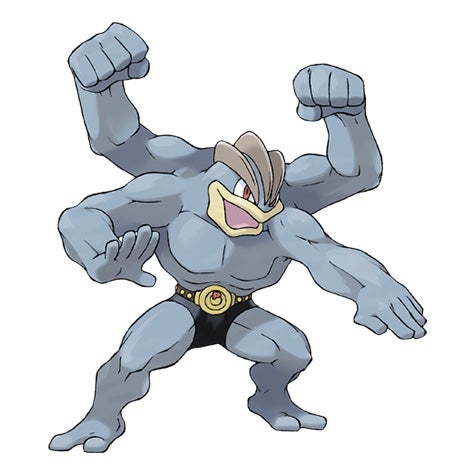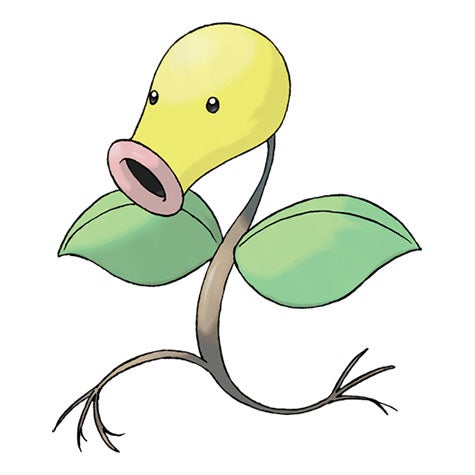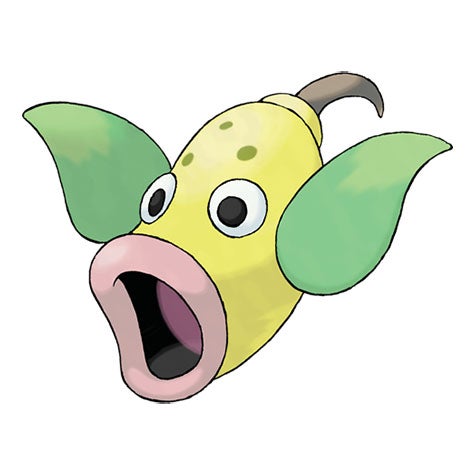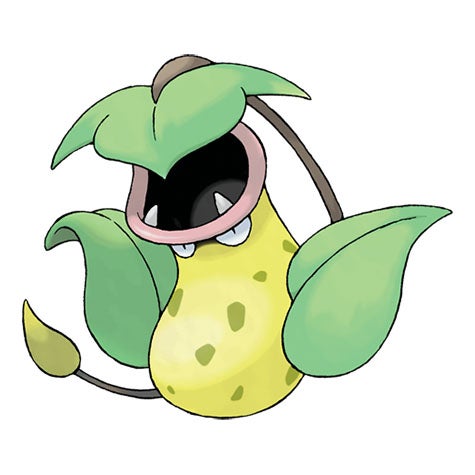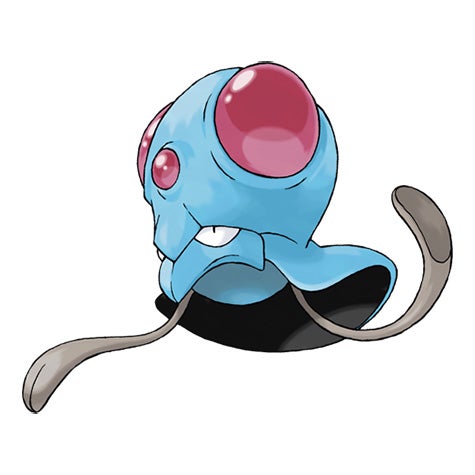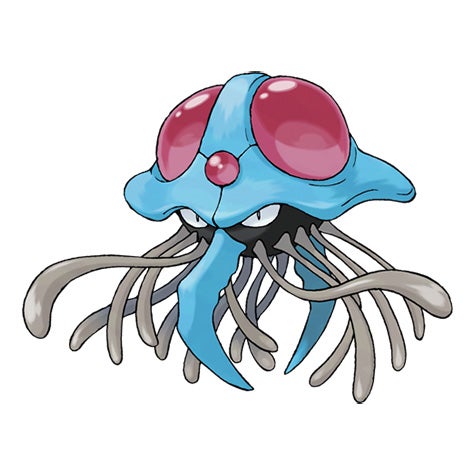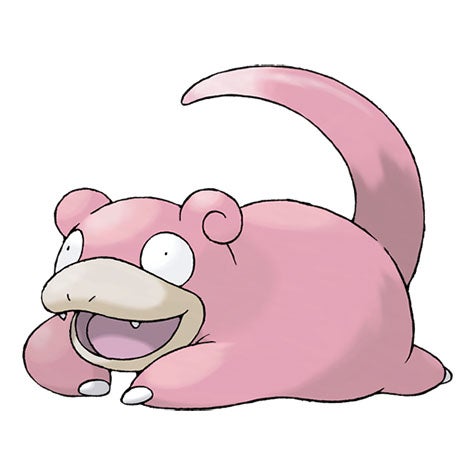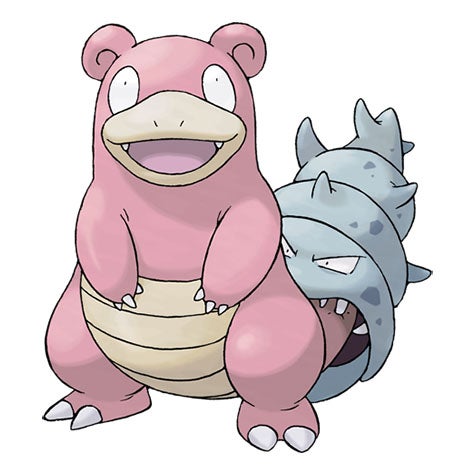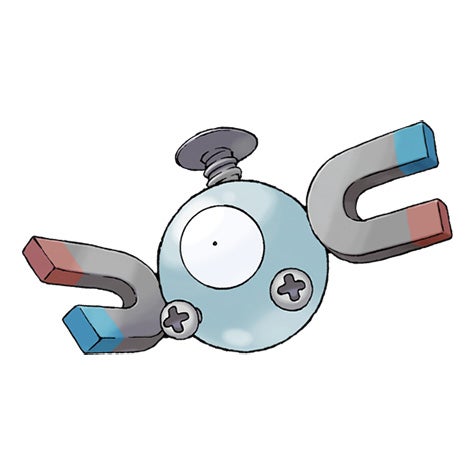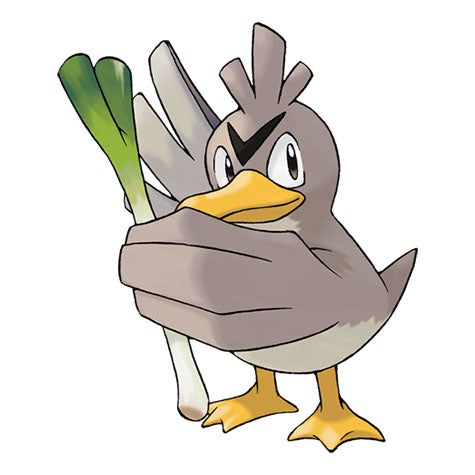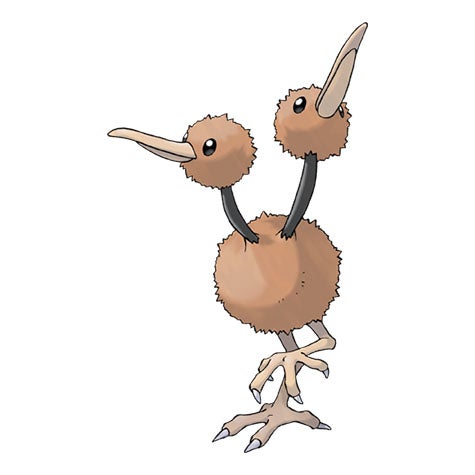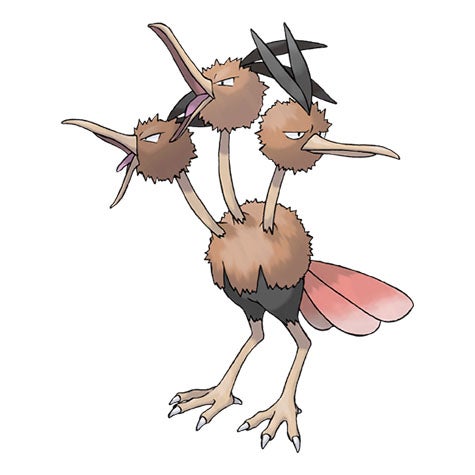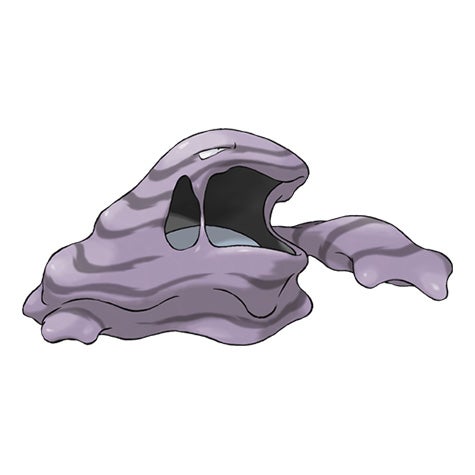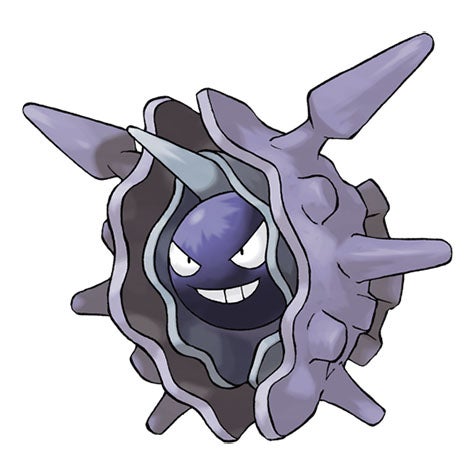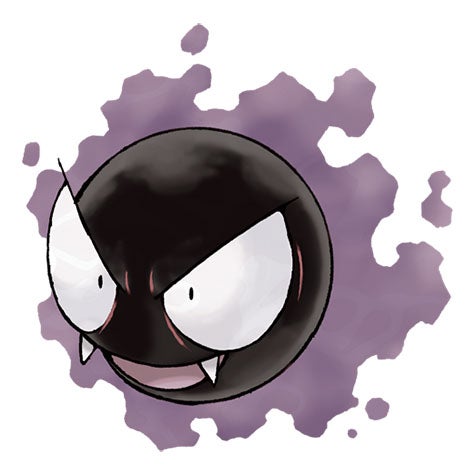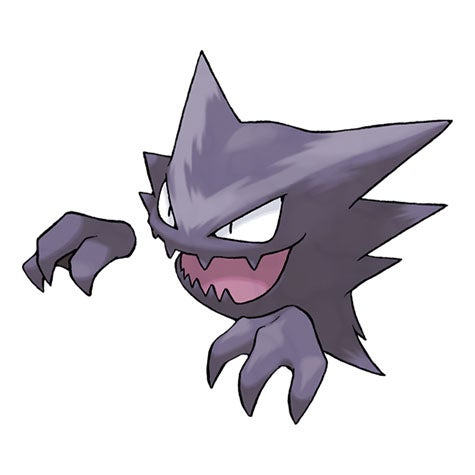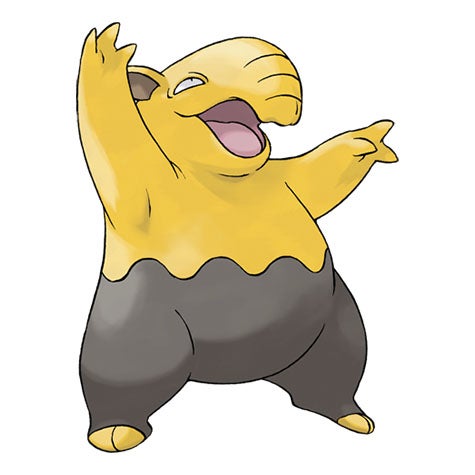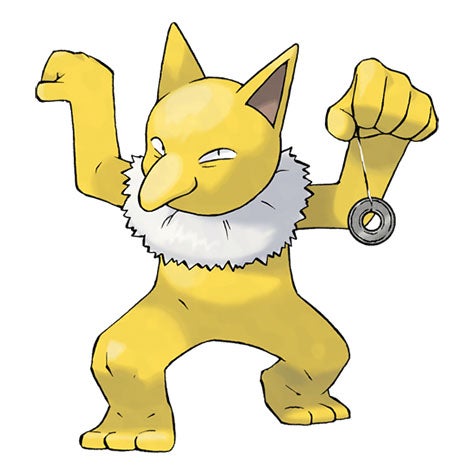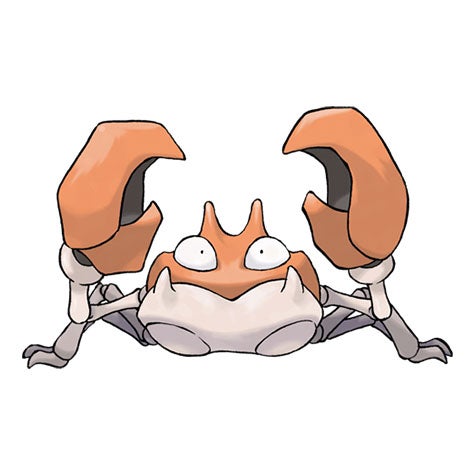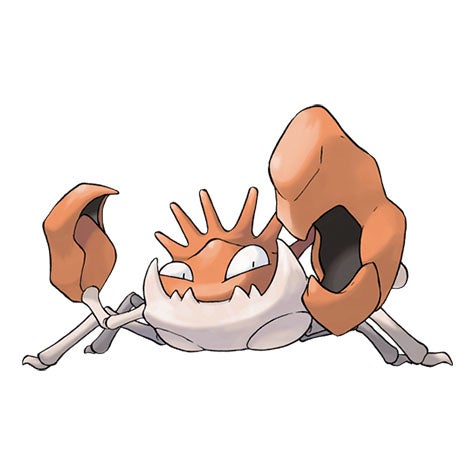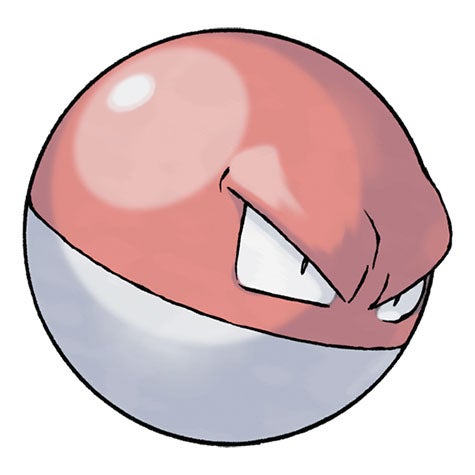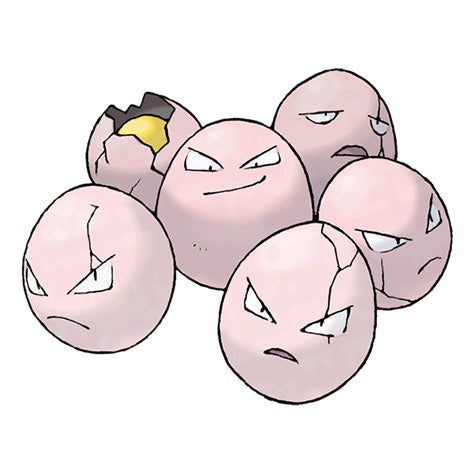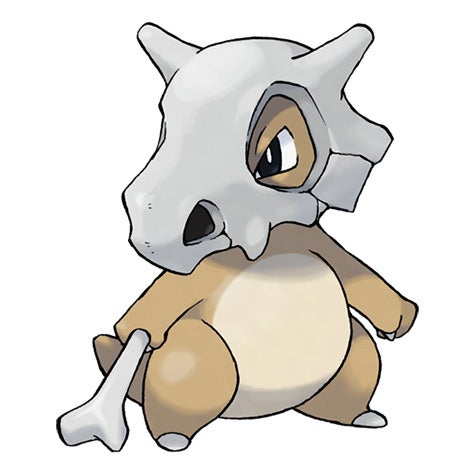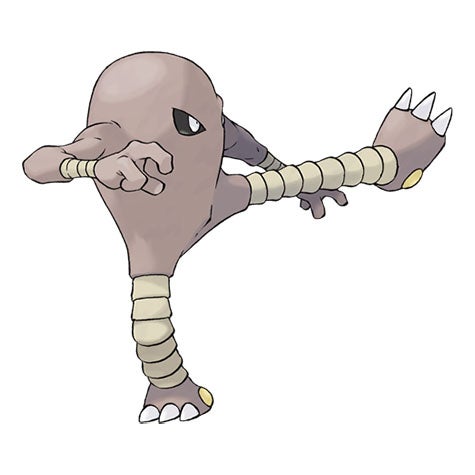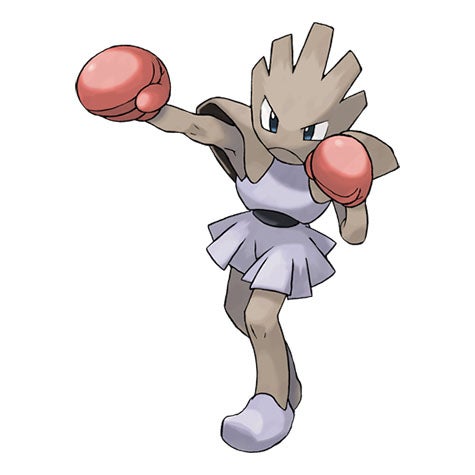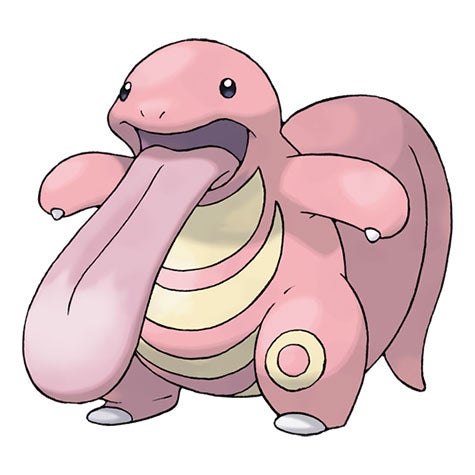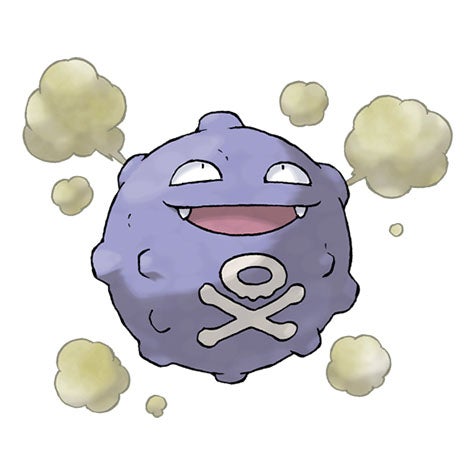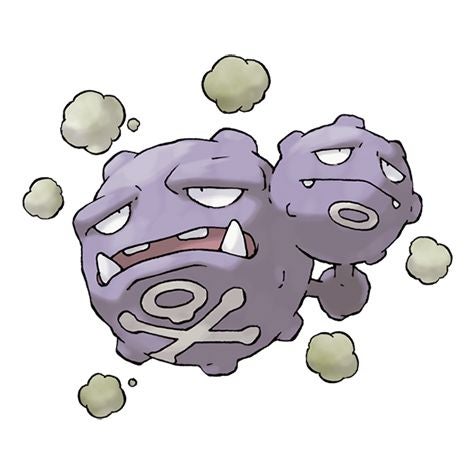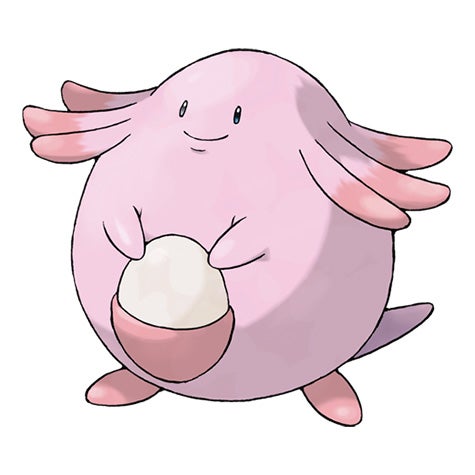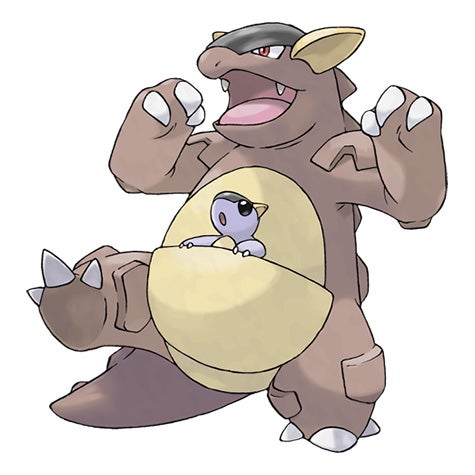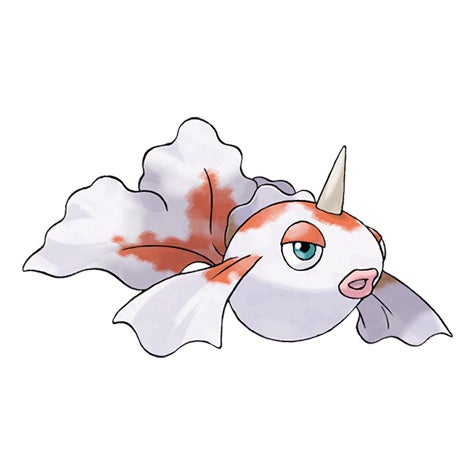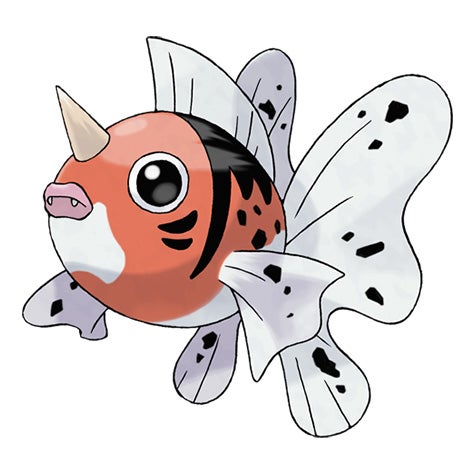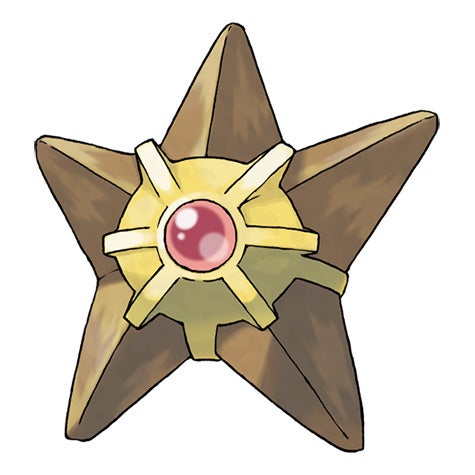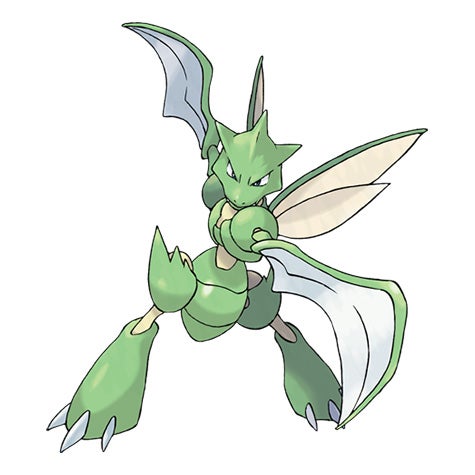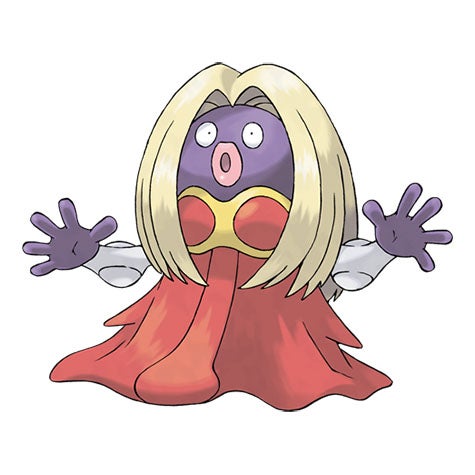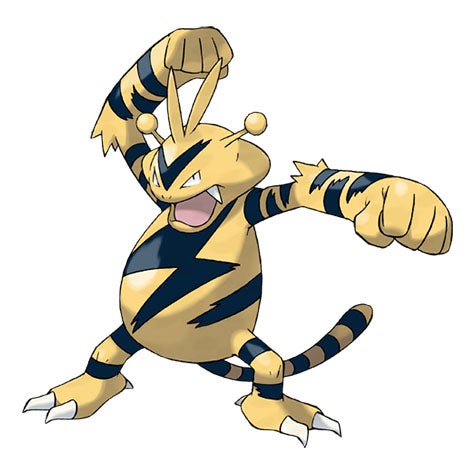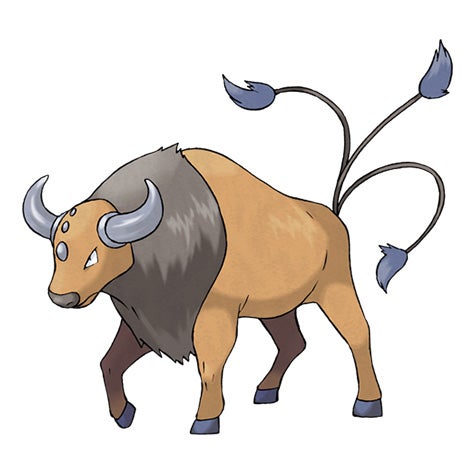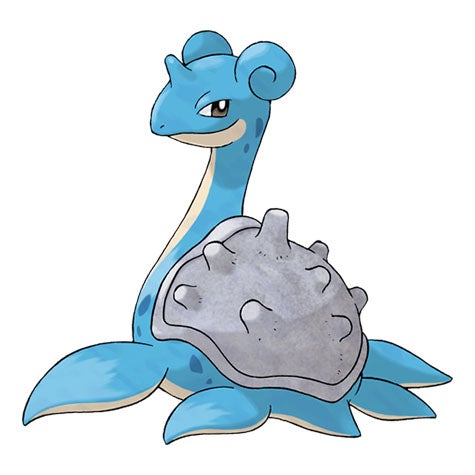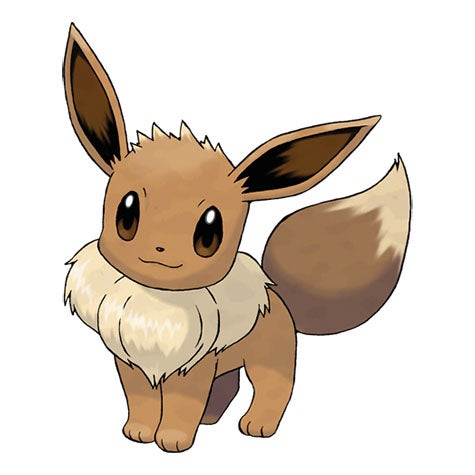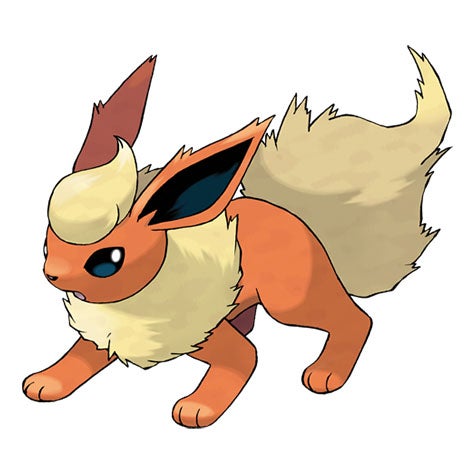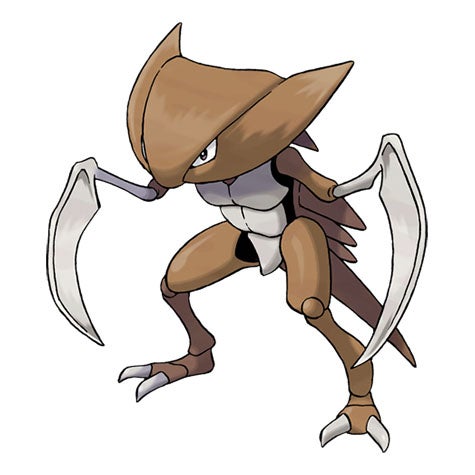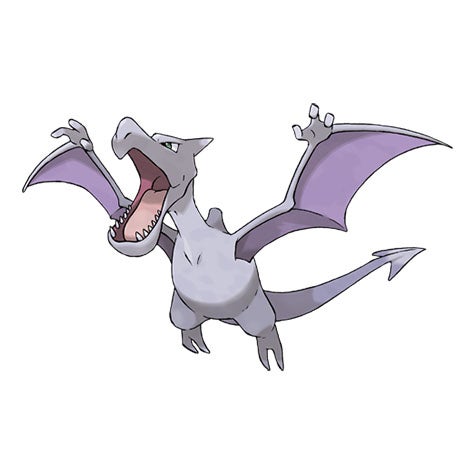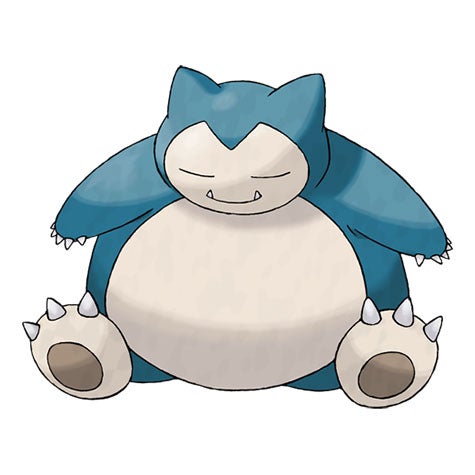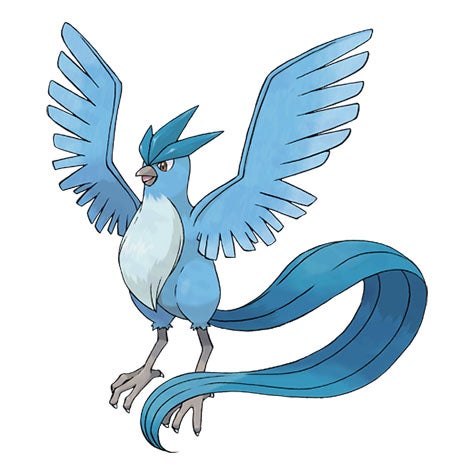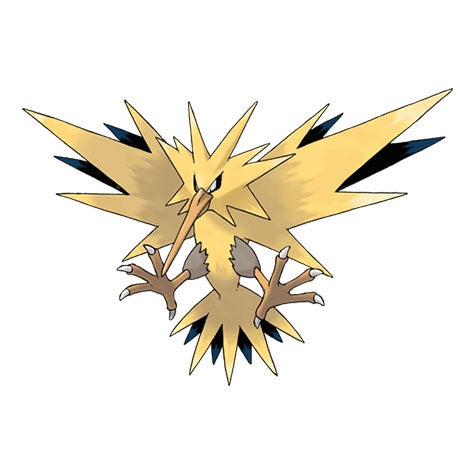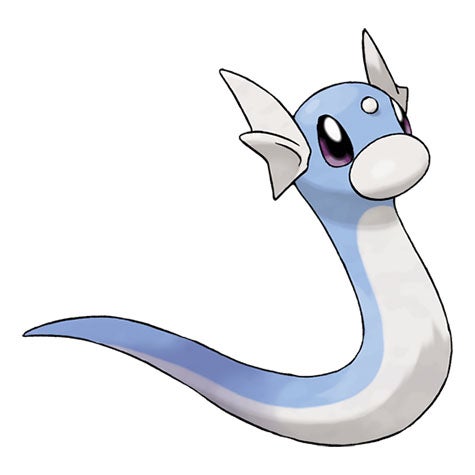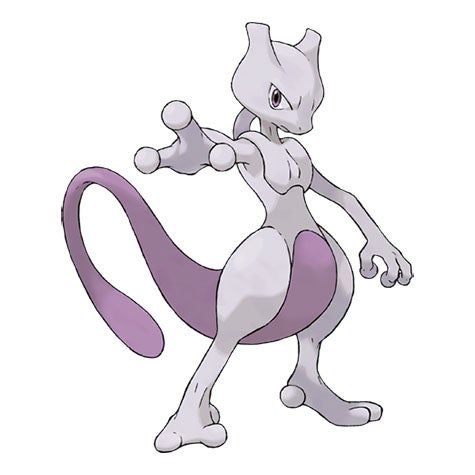All of the Gen 1 Pokémon hail from the Kanto region, which was the first region Pokémon fans ever visited in the Pokémon universe through Pokémon Red, Blue, Green and Yellow. Amongst its rank you can find a number of famous Pokémon, such as Eevee, Mewtwo, Ditto, Mew and, never to be forgotten, Pikachu.
The majority of Gen 1 was released on the same day as Pokémon Go itself, with Gen 2, Gen 3, Gen 4, Gen 5, Gen 6 and Gen 8 all arriving in the following years.
On this page:
This number would soon increase to 146 with the release of Ditto on November 23rd 2016, but players would have to wait nearly eight full months till the next Gen 1 release. It was definitely worth the wait, however, because, on July 22nd 2017, Articuno and Lugia, from Gen 2, became the first legendary Pokémon in Pokémon Go.
Moltres, Zapdos and Mewtwo soon followed, being released throughout July and August of 2016, leaving one final, very mythical, slot in the Gen 1 Pokédex still uncompleted.
Trainers were finally able to fully complete the Gen 1 Pokédex on March 30th 2018 when the research task mechanic was released. This included the arrival of the first special research questline - A Mythical Discovery - which allows you to catch Mew.
It took nearly two full years for the entry of Gen 1 to be available in Pokémon Go and, interestingly, during this time we also saw the release of Gen 2 and Gen 3.
Over the years we’ve seen a number of changes affect Gen 1, from the introduction of shiny Pokémon to the varying forms Ditto can take, and this includes alterations to their evolution methods.
Eevee, for example, only had access to its three original eeveelutions - Vaporeon, Jolteon and Flareon. Without the use of the Eevee naming trick, your Eevee would randomly evolve into one of these three Pokémon, which made adding their entries to your Pokédex rather complicated.
Compared to 2016, obtaining these three Pokémon via random chance does require extra caution, because, now, all eight eeveelutions are available. This means you must ensure you haven’t accidently fulfilled one of the requirements for evolving Evee into a specific eeveevolution, such as walking 10km during the day with Eevee as your buddy for Espeon, before evolving it.
Eevee, however, isn’t the only Gen 1 Pokémon to have its evolution method affected by game updates.
The incorporation of trade evolutions in Pokémon Go changed how you can obtain an Alakazam, Machamp, Golem and Gengar by reducing the candy requirement of their stage two evolution, such as Haunter, to zero if you’d received the Pokémon from another player. This reflects how, in the main series, you can traditionally only trigger these evolutions by trading the stage two Pokémon with another player.
The introduction of baby Pokémon also means that you can obtain certain Pokémon by evolving their baby form, such as evolving Pichu into Pikachu or Smoochum into Jynx.
Finally, a number of Pokémon had the candy requirements for their evolutions changed. The amount of candy you need to evolve a Rhyhorn into Rhydon, for example, went from 50 Candies to 25.
The Season of Mythical Wishes continues with the Winter Holiday event, which has brought Mega Glalie to Pokémon Go. Don’t forget to partake in the new Go Battle League season.
Elsewhere, be sure to use Daily Adventure Incense for the chance of encountering Galarian Articuno, Galarian Zapdos and Galarian Moltres.
It’s important to note that Farfetch’d, Kangaskhan, Mr. Mime and Tauros are all regionally exclusive Pokémon and only appear outside of their specific locations during certain in-game events like the annual Go Fest.
Below you can find the complete list of Gen 1 Pokémon, along with the amount of candy required for their evolutions:
Have fun completing the Kanto Pokédex!
